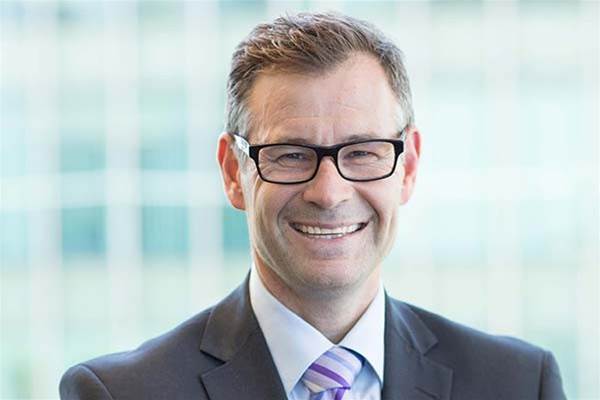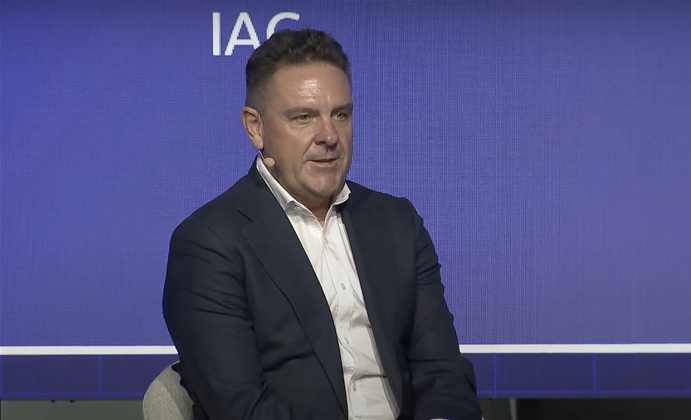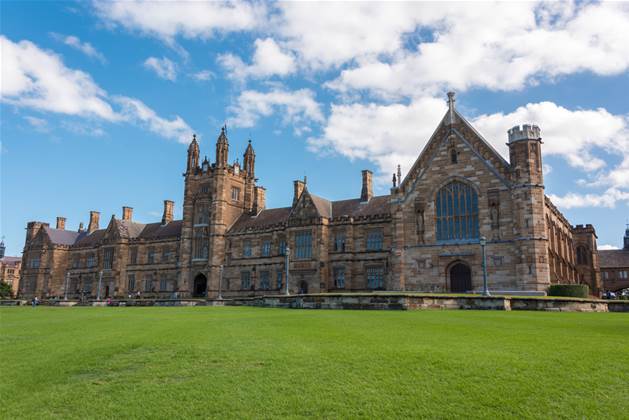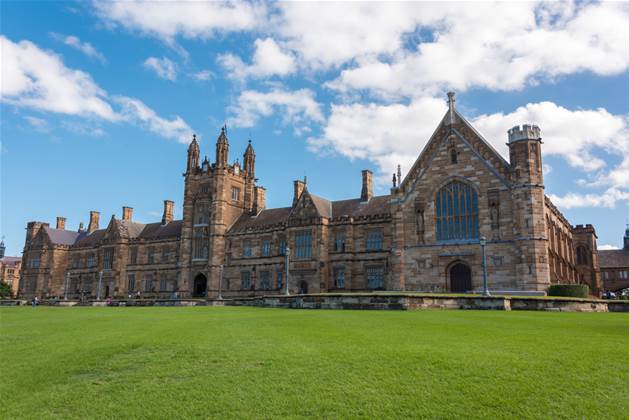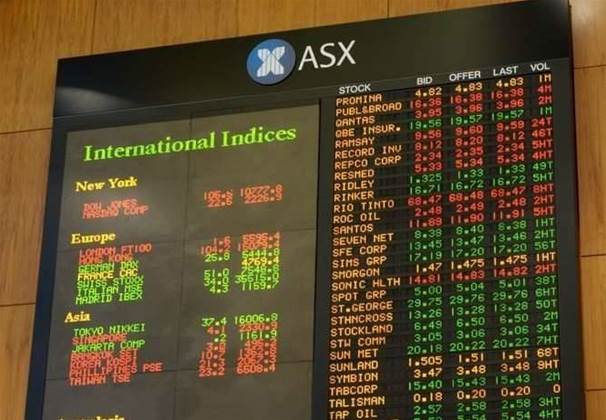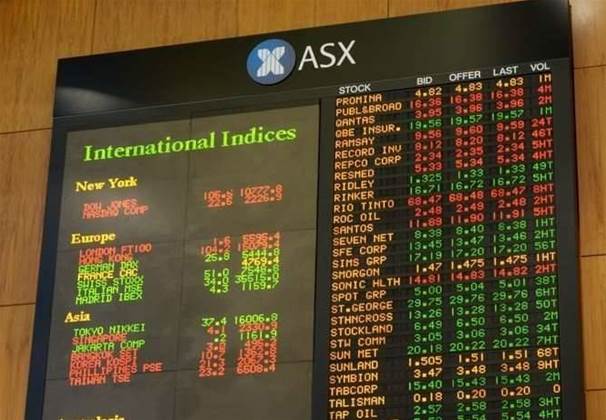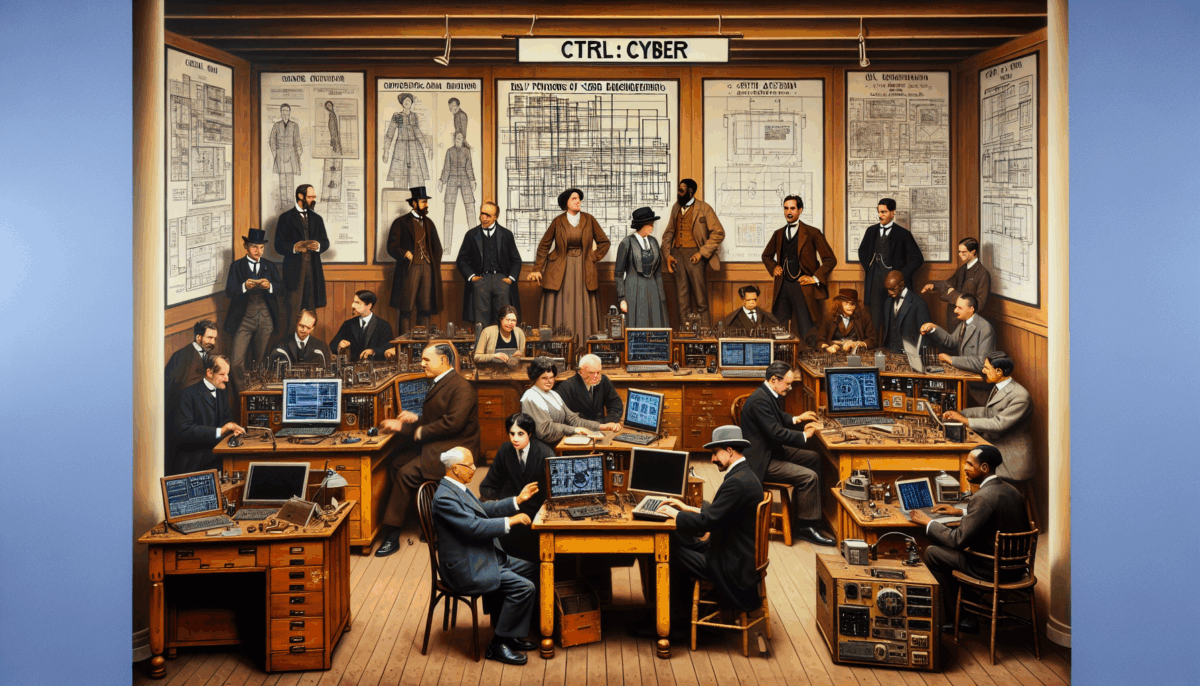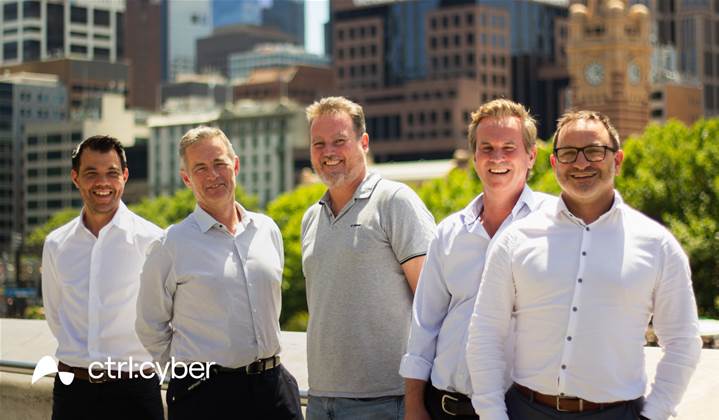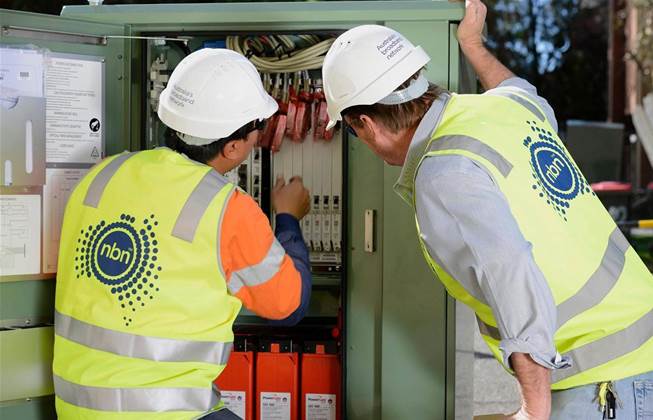Red Bull Converts 2,000 Drones into an Onstage Tetris Extravaganza for World Finals
We independently review everything we recommend. When you buy through our links, we may earn a commission which is paid directly to our Australia-based writers, editors, and support staff. Thank you for your support!
Brief Overview
- Red Bull organized the inaugural live Tetris game employing 2,000 drones in Dubai.
- The occasion showcased a 150m by 93m Tetrimino grid illuminated in the sky.
- 60 national champions took part, with distinctive regulations including gravity shifts.
- Fehmi Atalar from Türkiye earned the championship title.
- The event featured a live performance by El Waili alongside the Firdaus Orchestra.
- This spectacle underscored the possibilities for future esports and immersive entertainment.
Tetris in the Firmament
In a groundbreaking event, Red Bull converted the Dubai Frame into the first-ever live, playable Tetris game, utilizing more than 2,000 drones. The drones established a colossal 150m by 93m grid, transforming the night sky into an interactive gaming platform. The drone technology was created by Lumasky, reacting immediately to player inputs, such as rotations, drops, and T-Spins. This was more than a light display; it was Tetris accelerated to esports velocity, suspended in the air.
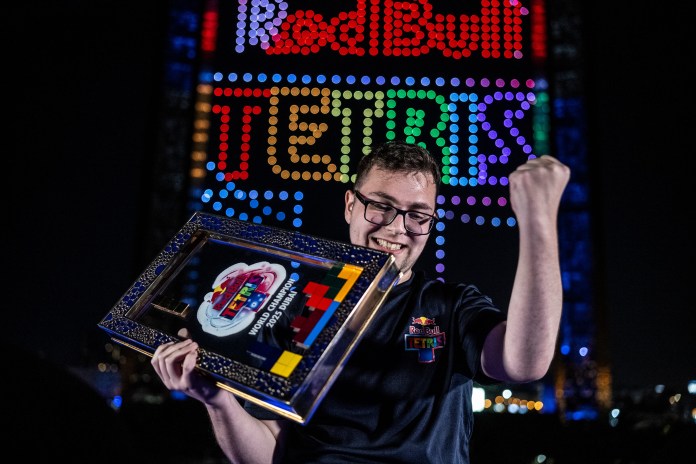
Sixty Nations, One Grand Finale
The event witnessed 60 national champions competing in Dubai after advancing through seeding rounds and direct confrontations. The finals implemented a unique Tetris ruleset with gravity shifts, speed enhancements, and the rare Golden Tetrimino, adding a contemporary flair. The ultimate final was a nail-biting, winner-takes-all match between Fehmi Atalar from Türkiye and Leo Solorzano from Peru. Atalar secured victory with a score of 168,566 points, earning the title of Red Bull Tetris World Final Champion.
A Show Beyond Gaming
In addition to the drone-operated game, the offline final included a live performance by El Waili and the Firdaus Orchestra, merging electronic and orchestral music. This infused a sense of nostalgia alongside a modern touch to the event, celebrating a game that began in the 1980s while remaining engaging and relevant today.
The Event’s Importance
The Red Bull Tetris World Final was not merely a record-breaking event. It illustrated how classic games can be redefined through cutting-edge technology and iconic structures. By integrating esports with architectural wonders and drone innovation, Red Bull offered a sneak peek into the future of live competitive gaming and large-scale interactive entertainment. This event reaffirmed Tetris’s lasting allure and established a high standard for what competitive puzzle gaming can accomplish beyond conventional displays.
Recap
The Red Bull Tetris World Final in Dubai represented a revolutionary blend of classic gaming and contemporary technology, utilizing drones to fabricate a live, playable Tetris experience in the sky. The event united global champions and incorporated distinctive gameplay features, culminating in an exhilarating finale where Fehmi Atalar emerged victorious. With a live orchestral accompaniment, the spectacle showcased the immense potential for future breakthroughs in esports and interactive entertainment.




